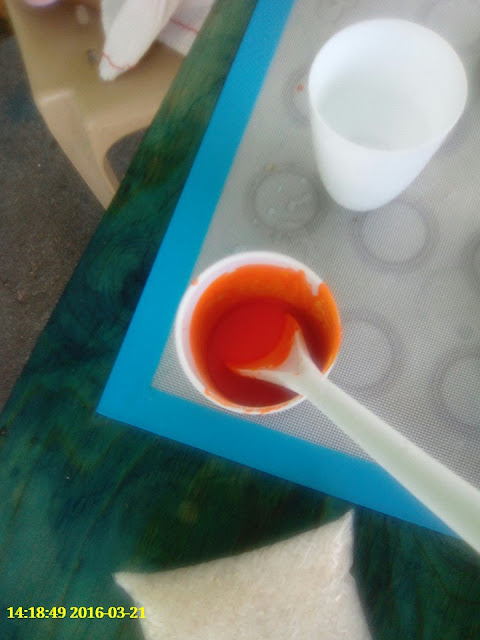It's summer time. Time of relaxation, travelling and even a learning workshop for kids to help them develop their skills and boost their confidence. But if your kids are like ours, who is too young to join in summer camps or workshops, as "they said" no worries, you can create your own summer workshop in the comfort of your own home in a more practical way. Whether sport, music, swimming, dance, or even art workshop such as making Home Made Non-Toxic Play Dough. Who will be the facilitator, trainer, teacher, and organizer? Us, the parents.
For sure you wouldn't disagree with me if I will say that it's one of our primary responsibilities as a parents to educate our children, and in line with that, it is also our role to know their interest, learning style and personality.
By our intentionally spending quality time with them, they also develop a self-confidence which will help them to comfortably interact with adults, to socialize easily, and make friends.
One of the most convenient and practical ways of creating a fun and educating environment at home is through Art Work. In our case, we love creating our own materials from scratch aside that it's less expensive, we also assured the safety of our child.
Today, we decided to make our own Non-Toxic & Water Soluble Paint with our toddler. Our main ingredients were Baking Soda, Food Color and Water which are things you can get from your pantry. Since this was our first attempt, it became a trial and error but the procedure was quite simple.
- First, prepare your heart. This will be a messy activity and much messier with the help of your toddler.
- Second, prepare all the ingredients. Choose the Food Color you want to use. Engage your toddler by allowing them to choose colors. Abigail chose green, orange and brown.
- Measure 3/4 cup of water, then add two drops of Food Color. Mix it well, set aside. Measure 1/4 cup of Baking Soda, and then add the liquid ingredients into the dry ingredient. Mix it well.
- Finally, choose your canvass. Make sure that your toddler understands your instructions. In our case, I showed Abigail a couple of strokes of the paint in the wall using the paint brush, then we let her hold the brush, and freely paint the wall. Our presence is a must to guide and encourage them but not to control them. Be reminded that our child's natural curiosity is our first resource. Children lose their joy for learning when they are always told what they should learn and how they should learn [it]. -Debra Bell cited from Joy Tan-chi Mendoza.
Tip: You can adjust the measurement of your Baking Soda, Water and even the Food Color to achieve your desired consistency but make sure to avoid your mixture becoming too watery or too thick.
This kind of activity helps Abigail to develop her Fine Motor Skills.
What is Fine Motor Skills?
Fine Motor Skills are small movements of the hands and fingers.
To pour milk into a glass, button a sweater, draw a picture, or print
one's name are some examples. These skills are complicated accomplishments that
require motor control and coordination with the visual system. The
development of fine motor skills during early childhood is a source of
considerable pride and feeling of accomplishment. These skills are
important steps toward independence that develop in early childhood.
-Life Span Development: Infancy through Adulthood (Steinberg,
Bernstein, Vandell, & Rook, 2010).
At an early
age, Abigail became aware of basic colors. She could distinguish colors
when she was 21 months. Right now she can identify the colors red, orange, yellow, green,brown, purple, blue
and even pink. In closely monitoring her, we learned that she is a
visual learner and even auditory. Her daddy evaluated her first paint
work. He said that it looks like a dancing flowers. Actually what I saw
in her work was a repetitive stroked of lines, going up, and down right but
closely intertwined with one another.
Witnessing her milestones in the comfort of our home is a privilege for which
we are most thankful to God. Remember learning should be fun, safe, and
enjoyable.


















































